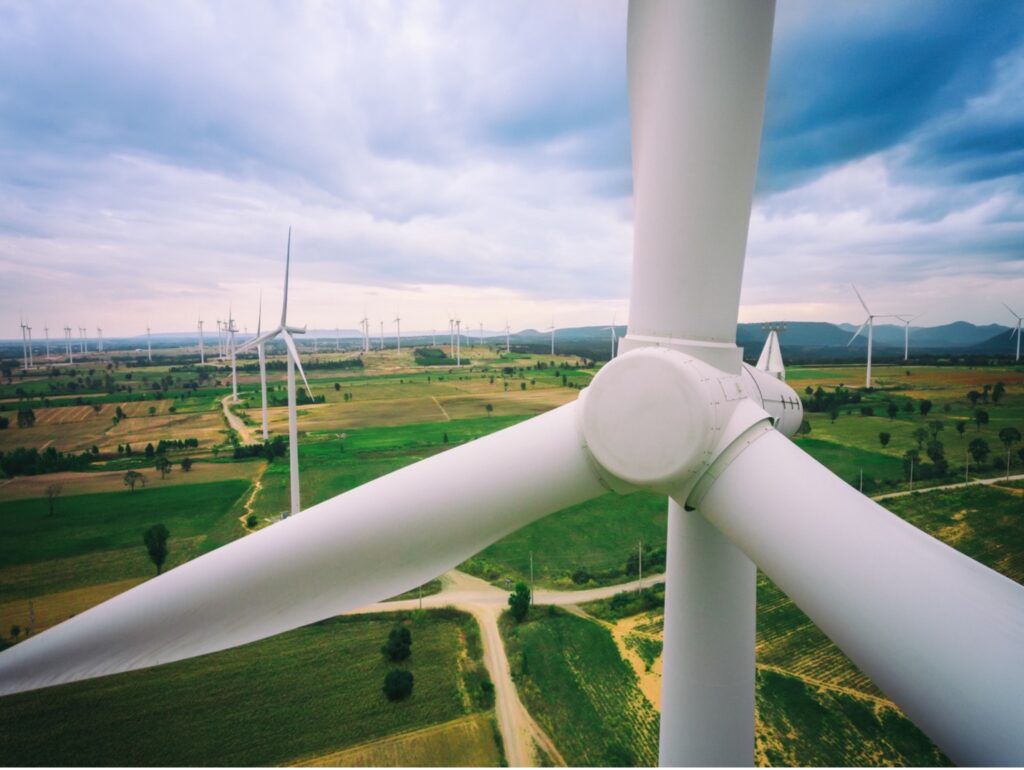News
Corrosion Resistance Propels Composites Use in Offshore Wind Energy Market

Wind Energy is a continually growing market opportunity for composites, with composite materials used to produce nacelles, wind turbine blades, and design functions that offer corrosion resistance which proves critical in demanding offshore environments. The wind energy market has been a significant consumer of composite materials for manufacturing parts using glass fiber reinforcement in blades and carbon fiber-reinforced composites in spar caps – reducing overall weight and increasing blade stiffness.
Offshore wind energy is expected to grow immensely in the U.S. and globally, as the White House announced plans to fund research and development, workforce resources, and programs to support the expansion of offshore wind energy, as well as the introduction of new tax credits for offshore wind manufacturing. The Biden Administration announced a goal of 15 gigawatts (GW) of floating offshore wind energy by 2035, enough to power more than five million American homes. By this date, wind turbines are predicted to reach 130 meters. The efforts are directed toward the Administration’s goal to reach a net-zero emissions economy by 2050.
Composites in renewable energy
Composites will remain a key player globally in advancing offshore wind development efforts, specifically for their non-corrosive attributes that make composites a material of choice for demanding environments offshore.
In the U.S., the first commercial-scale offshore wind farm in Massachusetts was approved in 2021. Beyond the U.S., the offshore wind market is growing in South Korea with plans to add 12 gigawatts (GW) of offshore wind by 2030, potentially to serve beyond South Korea to the Asia-Pacific. And, China added 80 percent of 2021’s new offshore wind capacity. Global wind power capacity is reported to be up to 837 GW.
Corrosion resistance creates solutions for industrial applications
Composites present a solution for industrial applications even beyond Wind Energy, to offshore and onshore oil and gas drilling with corrosion-resistant pipelines. The need for corrosion resistance in industrial applications has increased demand for carbon fiber and fiberglass composites to replace traditional metals in various applications.
Recyclability
The Renewable Wind Energy market has focused efforts on the recyclability of wind turbine blades at their end of life. According to Composites World, next-generation wind blade recycling could come in the form of “mechanical or chemical recycling of the materials from wind blades at their EOL — or, in some cases, repurposing entire wind blades for other uses — and design efforts to make the wind blades themselves inherently more recyclable.”
For manufacturers looking to apply the latest innovative products and technologies in Wind Energy development, Composites One and Aerovac are the leading source for knowledge and technical support for composites materials use, process materials expertise, and composites manufacturing processes.
Learn more about Wind Energy solutions from Composites One.

